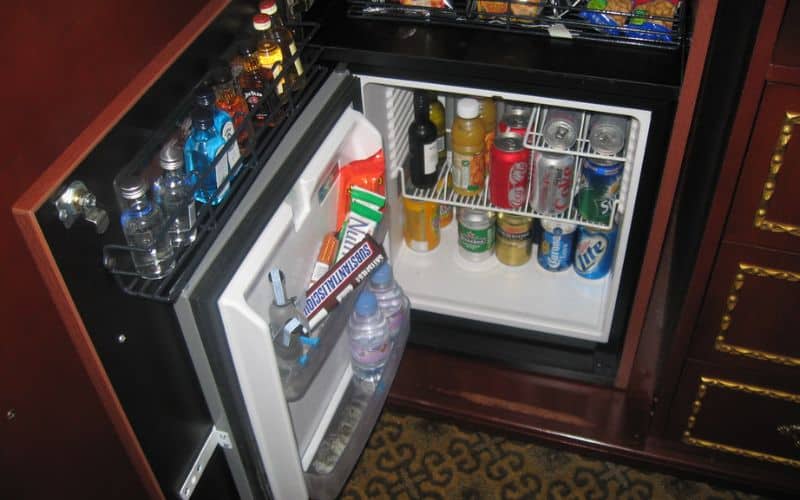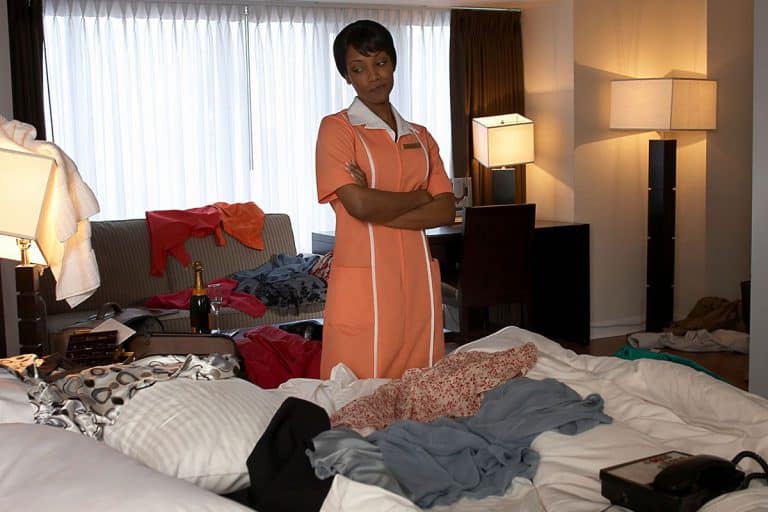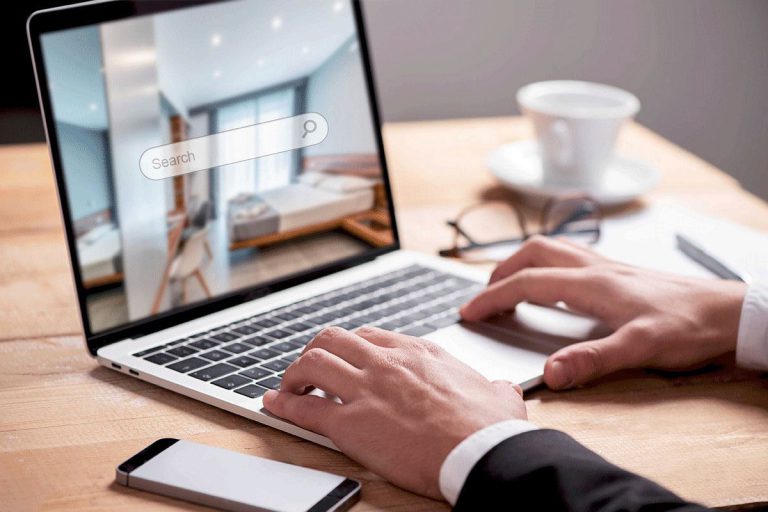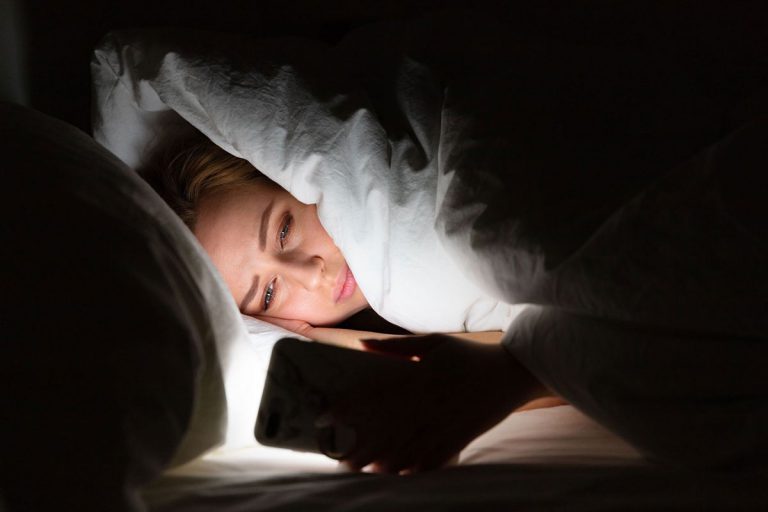A minibar with snacks and drinks is a convenient amenity you expect when staying at a hotel. But have you ever wondered how the hotel tracks minibar items you’ve taken so they can charge your bill?
Modern minibars use sophisticated systems to detect removals without the old-fashioned paper slips automatically.
In this article, we’ll explain hotels’ technology and methods to monitor minibar usage. We’ll look at automatic sensors, manual logging procedures, how charges get added to your hotel tab, and even tricks some guests use to avoid minibar fees.
High-Tech Sensor and Logging Systems

Regarding tracking the usage of hotel minibars, high-tech sensors, and logging systems have revolutionized how hotels keep tabs on their inventory. These advanced systems utilize a combination of infrared motion sensors and RFID tags to monitor the removal of items from the minibar accurately.
Not only does this technology provide real-time data on consumption, but it also ensures greater accuracy and efficiency in managing minibar inventory.
Infrared Motion Sensors Detect Removals
Gone are the days of manually checking the minibar to see what items have been consumed. With the advent of infrared motion sensors, hotels now have a more efficient and reliable way of detecting when items are removed from the minibar.
These sensors detect movement within the minibar, triggering a signal that an item has been taken. This lets hotel staff keep track of what items are consumed and when enabling them to restock the minibar promptly and provide a seamless guest experience.
RFID Tags Track Individual Items
RFID (Radio Frequency Identification) technology has been widely adopted in various industries, including the hotel industry. In the context of minibars, each item is equipped with a unique RFID tag. These tags contain information about the item, such as its name, price, and expiration date.
When an item is removed from the minibar, the RFID tag is scanned, and the data is recorded in the system. This not only helps in tracking the usage of individual items but also enables hotels to analyze guest preferences and tailor their minibar offerings accordingly.
Usage Data Synced to Hotel System
One of the key advantages of high-tech sensor and logging systems is that the usage data is seamlessly synced to the hotel’s central system. This means hotel staff can access real-time information on minibar consumption without manual data entry.
The data can be analyzed to gain insights into guest behavior, such as peak consumption times or popular items. This information can then be used to optimize inventory management, improve guest satisfaction, and drive revenue for the hotel.
Manual Tracking Methods for Older Minibars
![]()
Managing the inventory of minibars in hotels has long been a challenge, especially for older minibar systems that lack automated tracking capabilities. However, hotel staff have developed various manual methods to keep track of minibar usage and restock supplies efficiently.
Staff Restock and Take Inventory
One common method hotels use is having the staff manually restock the minibars and take inventory regularly. This involves checking each minibar individually, noting which items are missing or consumed, and replenishing them accordingly.
This manual process allows hotels to keep an accurate count of the items consumed and determine what needs to be restocked.
Weighing Bottles Helps Estimate Usage
Another manual tracking method involves weighing the bottles in the minibar. By weighing the bottles regularly, hotel staff can estimate how much each beverage has been consumed. This method provides a rough estimate of usage and helps determine which items need to be restocked.
It also allows hotels to identify discrepancies between the number of bottles consumed and the recorded sales.
Wireless Tags to Supplement Manual Checks
Some hotels have started using wireless tags as a supplement to manual checks. These small, discreet tags are attached to the minibar items and can be tracked remotely. The wireless tags send real-time data to a central system, allowing hotel staff to monitor the usage and stock levels without physically checking each minibar.
This method saves time and effort and provides more accurate data for inventory management.
While manual tracking methods for older minibars may require more effort and time than automated systems, they are still effective in managing inventory and ensuring a smooth minibar experience for hotel guests.
Hotels must choose a tracking method that suits their needs and budget, considering factors such as the minibar operation’s size and the restocking frequency.
How Minibar Charges Appear on Your Hotel Bill

When staying at a hotel, it is common to indulge in the convenience of a minibar. However, many guests are left wondering how the charges for these items appear on their hotel bills.
Understanding how minibar charges are tracked and recorded can help demystify this process and ensure you clearly understand your final bill.
Nightly Updates to Your Room Charges
One way minibar charges appear on your hotel bill is through nightly updates to your room charges. Hotels typically have a system that tracks the items you consume from the minibar and adds them to your bill daily.
This allows for accurate billing and gives guests a real-time view of their minibar expenses. So, don’t be surprised to see new daily charges added to your bill during your stay.
Itemized List of Removals on Your Folio
When you check out of the hotel, you will receive an itemized bill, often called a folio. This bill will include a detailed list of all the charges incurred during your stay, including the minibar charges.
The itemized list will specify the items you consumed from the minibar and their corresponding prices. This transparency ensures that you can review and verify the accuracy of the charges before settling your bill.
Automatic Posting Without Staff Involvement
Some hotels have implemented advanced technology that automatically tracks and posts minibar charges without staff involvement. Using sensors and weight-sensitive shelves, these systems can detect when an item is removed from the minibar and automatically add it to your bill.
This eliminates the need for manual recording by hotel staff, streamlining the billing process and reducing the chances of errors or discrepancies.
It’s important to note that the accuracy of minibar charges is a priority for hotels, as it directly affects their reputation and guest satisfaction. If you have any concerns or questions about the charges on your minibar bill, don’t hesitate to contact the hotel’s front desk or management.
They will be more than happy to assist you and address any issues.
Guest Tricks to Avoid Minibar Fees
Hotel minibars can be tempting, stocked with various snacks and beverages for guests to enjoy. However, indulging in these treats often comes with a hefty price tag. Here are some clever tricks that guests have used to avoid minibar fees:
Relocating Items to Fool Sensors
One common trick guests employ is carefully removing items from the minibar and placing them in a bag or their cooler. By doing so, they can still enjoy the convenience of having snacks and drinks readily available in their room without triggering the sensors that track usage.
This method requires caution and creativity to ensure that hotel staff do not discover the items during their cleaning routine.
Contesting Excessive Charges Due to Malfunctions
It is not uncommon for guests to encounter issues with minibar sensors or billing systems. In some cases, guests have been charged for items they did not consume or for excessive charges due to technical malfunctions.
If you find yourself facing such charges, it is recommended to promptly bring the issue to the attention of the hotel management.
By explaining the situation calmly and providing any evidence, such as receipts or photographs, you may be able to contest these charges and avoid unnecessary expenses successfully.
Also Read: How to Dispute Hotel Charges: A Step-by-Step Guide
Declining All Minibar Access During Your Stay
If you prefer to avoid any potential minibar fees, you can simply request that the hotel staff lock the minibar or remove all items before your arrival. Doing so eliminates the temptation and the risk of accidentally consuming items with a high price tag.
This option is particularly suitable for those with specific dietary restrictions or who prefer to bring snacks and beverages.
While these tricks may help you avoid minibar charges, respecting hotel policies and understanding that the hotel is within its rights to enforce fees for consumed items.
It’s always a good idea to read the fine print and familiarize yourself with the hotel’s minibar usage and fee policies.
Also Read: How Do Hotel Minibars Work?
Conclusion
From high-tech sensors to manual counting, hotels have clever ways of tracking every soda, snack, and bottle removed from your minibar. Understanding how it works can help avoid unexpected charges at checkout.






